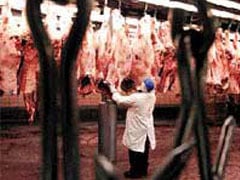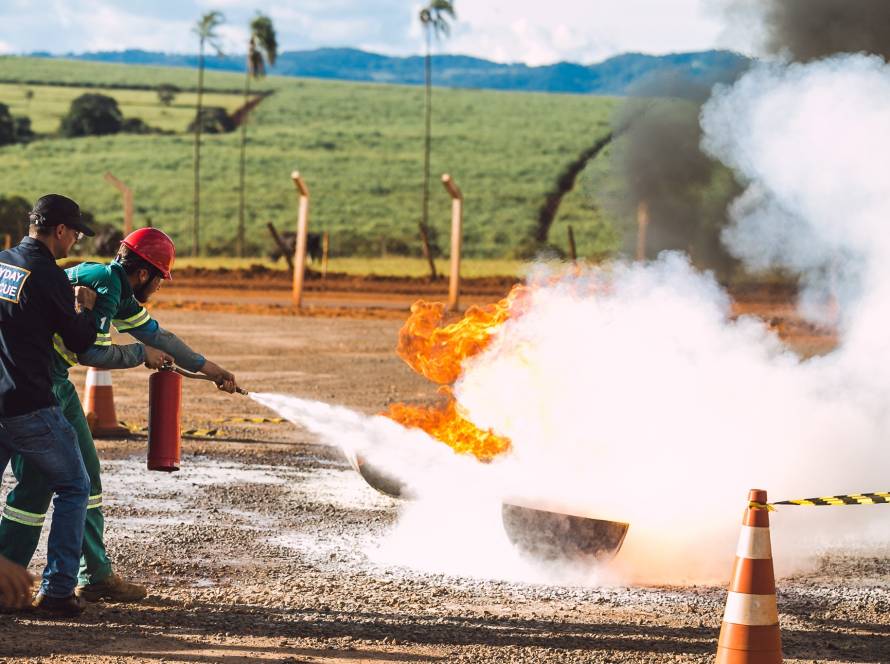Aquaculture production in Mato Grosso continues to expand, driven by tilapia farming and the strengthening of the processing industry. Despite climate challenges, such as periods of drought, the sector has seen positive results in recent years and is now focusing on vertical integration to increase competitiveness, especially due to the state's large geographical distances.

President of the Mato Grosso Aquaculture Association (Aquamat), Darci Fornari: “Mato Grosso has favorable natural conditions, such as a stable climate, suitable topography and an abundance of water, which reinforce the sector’s growth potential” – Photos: Disclosure
According to Darci Fornari, president of the Mato Grosso Aquaculture Association (Aquamat), the recent regulation of tilapia farming in the state was an important milestone, attracting new investments to local fish farming. “Mato Grosso has favorable natural conditions, such as a stable climate, suitable topography and an abundance of water, which reinforce the growth potential of the sector. The state already stands out in agricultural production, both in the raising of animal protein and in the cultivation of grains,” he praises.
According to a survey by the Brazilian Fish Farming Association (Peixe BR), tilapia farming is progressing without compromising the production of native fish, which still represent the majority of the volume produced. In addition, the fish processing industry has grown significantly, with more than 20 plants currently operating in the state.
Mato Grosso fish farming figures
In recent years, fish farming in Mato Grosso has shown fluctuations in production, but has maintained a growth trajectory. In 2020, total production was 46,800 tons, falling to 42,600 tons in 2021 and rising slightly to 42,800 tons in 2022. In 2023, there was an increase to 44,900 tons, and in 2024 the volume produced was 44,520 tons, representing a growth of 0.85% compared to the previous year.
Most produced species
Among the species farmed, native fish lead production, with 39,700 tons, followed by tilapia, with 4,700 tons. Other species, such as carp, trout and panga, total 120 tons.
Fish farming infrastructure

Tilapia is the second most cultivated species in Mato Grosso
The state's fish farming infrastructure also stands out. Mato Grosso has 14,778 hectares of fish farms dedicated to the activity, totaling 38,323 fish farms in operation, in addition to 320 net cages used in production.
Largest producing municipalities
Among the municipalities that stand out most in aquaculture production, Sorriso leads the state ranking, followed by Campo Verde, Alto Paraguai, Juscimeira, Canarana, Paranaíta, Nossa Senhora do Livramento, Carlinda, São Félix do Araguaia and Alta Floresta. These municipalities have invested in expanding the activity, strengthening the production chain and expanding the economic potential of the sector in the state.
Fish farming in Mato Grosso is consolidating itself as a promising activity, supported by a favorable environment and strategic investments. The verticalization of production and the advancement of public policies should continue to drive the growth of the sector in the coming years.







